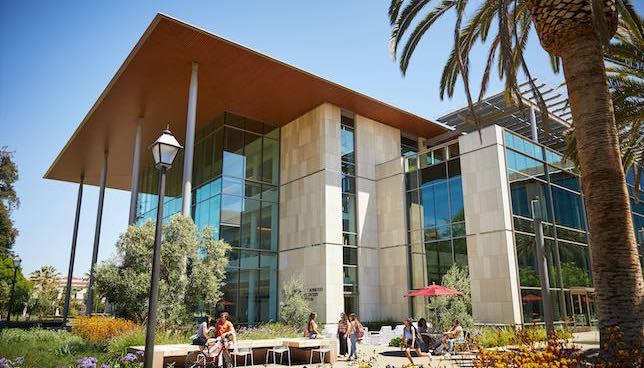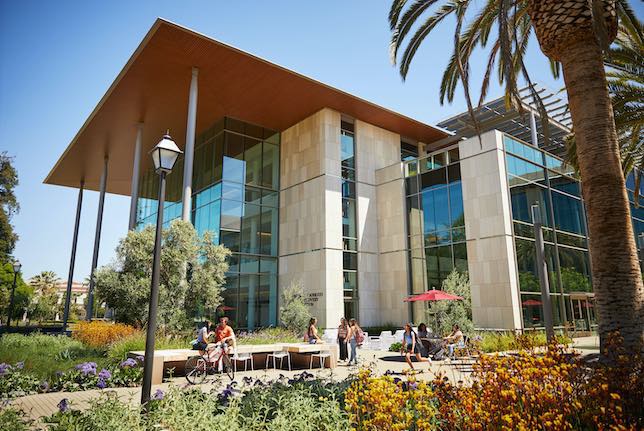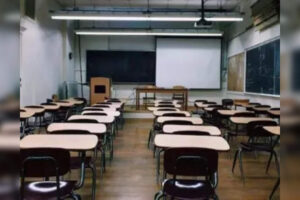
“Engineering and the Good Life” at Santa Clara University — Campus Technology
“Engineering and the Good Life” at Santa Clara University
A Q&A with Matthew Gaudet
Every day we hear many questions about the impact of not only AI, for example, but a full range of other technology and engineering advancements as well. These questions are often provocative and concerning. So, are we doing good things?
It seems that now is a great time to remind students in engineering and technology to draw on their ethical training and think carefully about how they approach these questions — so they can confidently do good in the world at the same time as they are building successful careers.
It’s certainly not a matter of instructing students to internalize a list of pre-defined ethical constructs, and it’s more than analyzing case studies frequently found in classical ethics courses. “Engineering and the Good Life” (EGL), a unique program in the School of Engineering at Santa Clara University calls on students to draw from the best part of their own character and experience as they consider their ethical choices.

While some scholars labor over the distinction between ethics and morals, EGL’s emphasis on the formation of the individual allows for nearly equal footing of both terms. This reflects a principle of Jesuit education called cura personalis, the care and formation of the whole person (SCU is a Jesuit university). From there, the “whole student” can apply ethics training with purpose.
Here, we ask Matthew Gaudet, director of ethics programs and an associate teaching professor in the School of Engineering, about EGL at SCU.
Mary Grush: What is the overarching instructional purpose of the EGL program?
Matthew Gaudet: Engineering and the Good Life is an ethics across the curriculum program that aims to maintain ethical reflection as a part of the engineering design process — as opposed to something that’s done outside of, or in addition to, or oftentimes, unfortunately, after the fact. EGL tries to make sure that ethical reflection stays a part of the way we do design.
Another way I like to frame EGL simply, is that it connects us to the why of engineering and keeps it tethered to the how of engineering.
“Engineering and the Good Life” connects us to the why of engineering and keeps it tethered to the how of engineering.
Grush: In that context, what’s “the good life”? Is it the opportunity engineers — and engineering students — have, to be able to build on their own ethical choices throughout their careers?
Gaudet: That would be a fair statement — along with the ability to do good.
Grush: Is the “good life” approach to ethics that you have in the School of Engineering at SCU different from most traditional engineering programs? Could you tell me a bit about how EGL emerged at SCU?
Gaudet: When I arrived here in Santa Clara in 2018, the entire ethics curriculum at the School of Engineering consisted of a single course.
It was called ‘Ethics and Technology’ and it was only taken by about 40 percent of engineering students. And at the time, the rest of the engineering students took their required ethics course in the philosophy department or the theology department and sometimes in the business school, untethered from their work and identity as engineers. There were lots of different ethics classes on campus. But to think that back in those days only about 40 percent of engineering students took ours! And the larger problem for students was learning engineering without any ethical reflection specifically on the practice of engineering.
Source link



